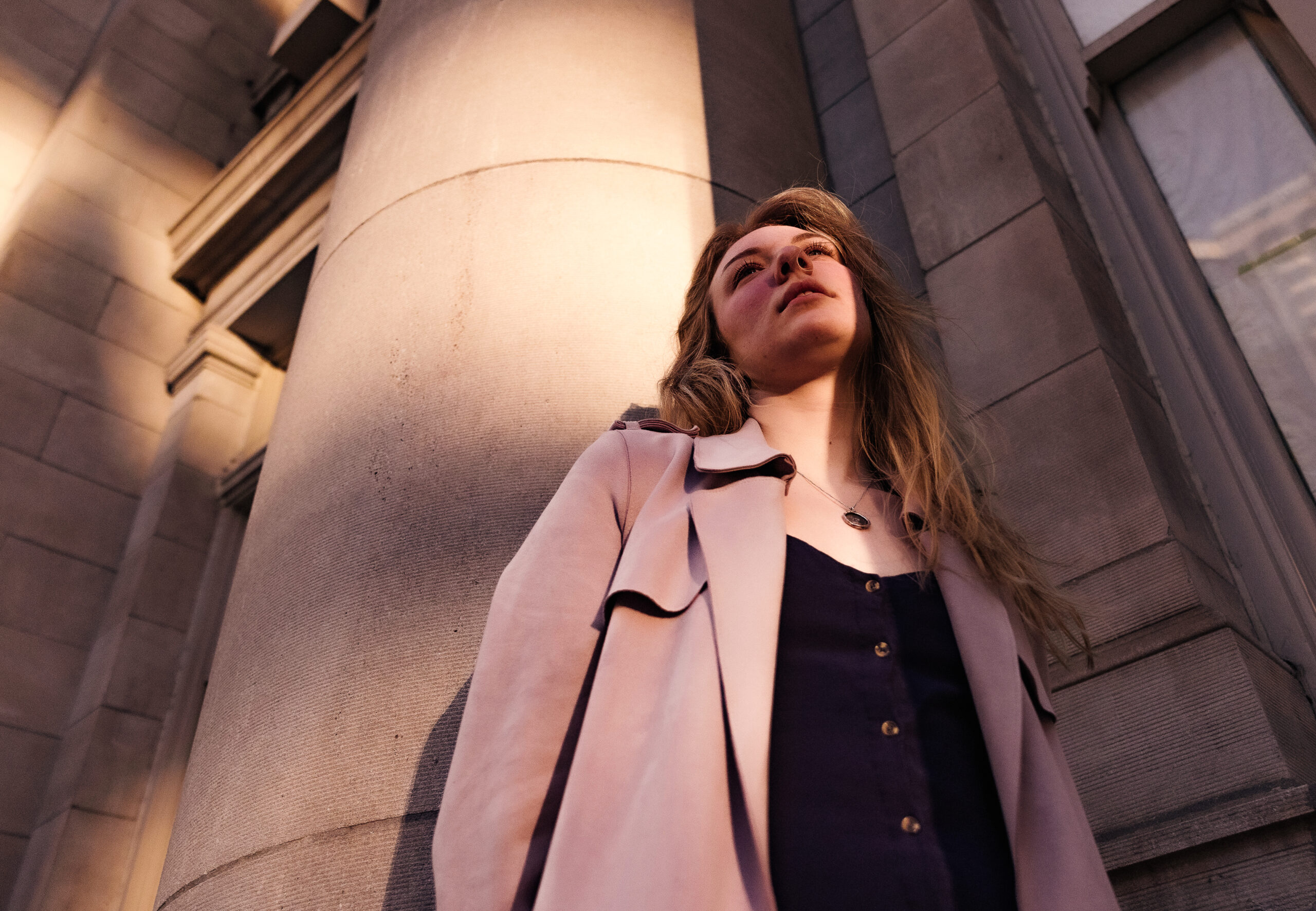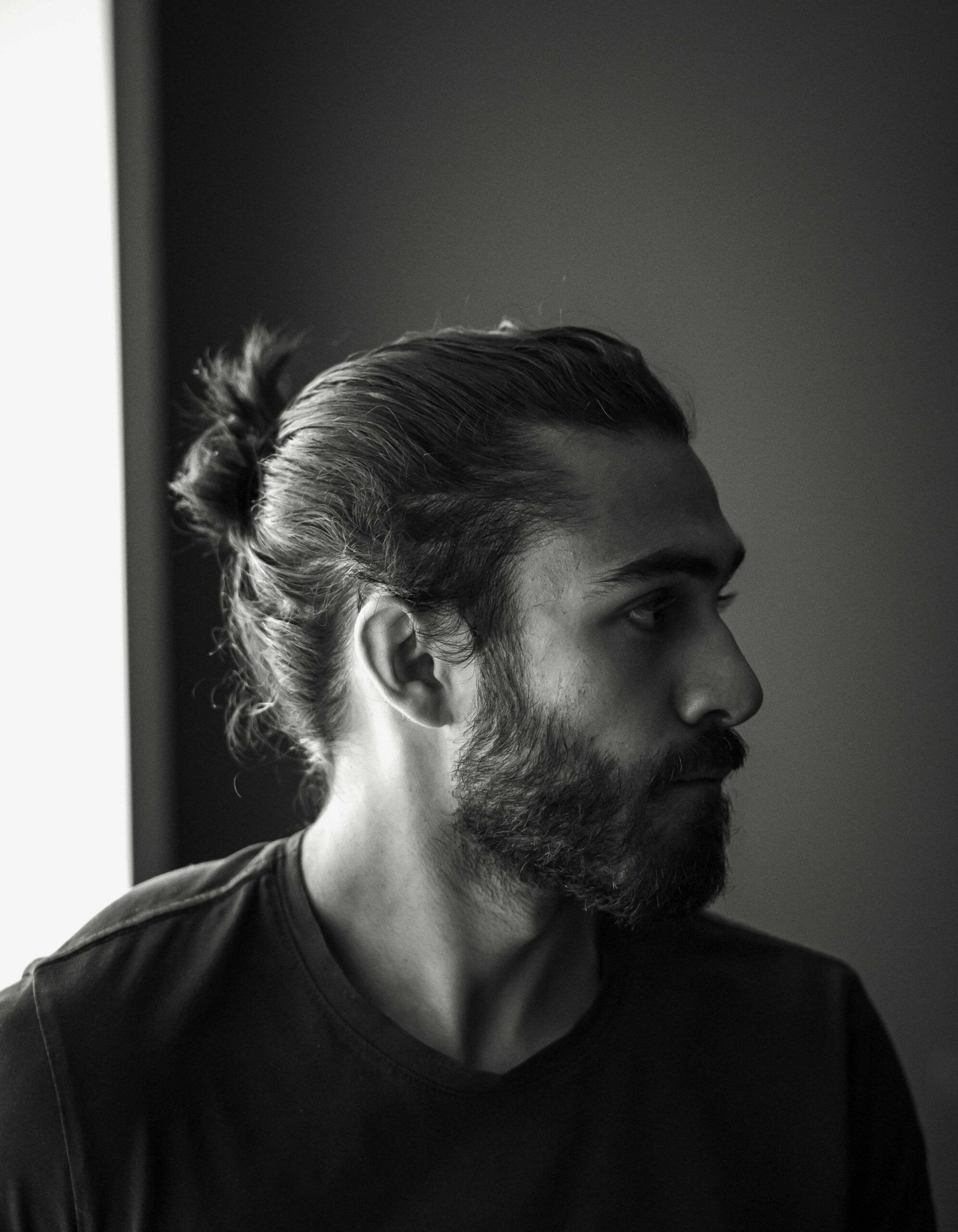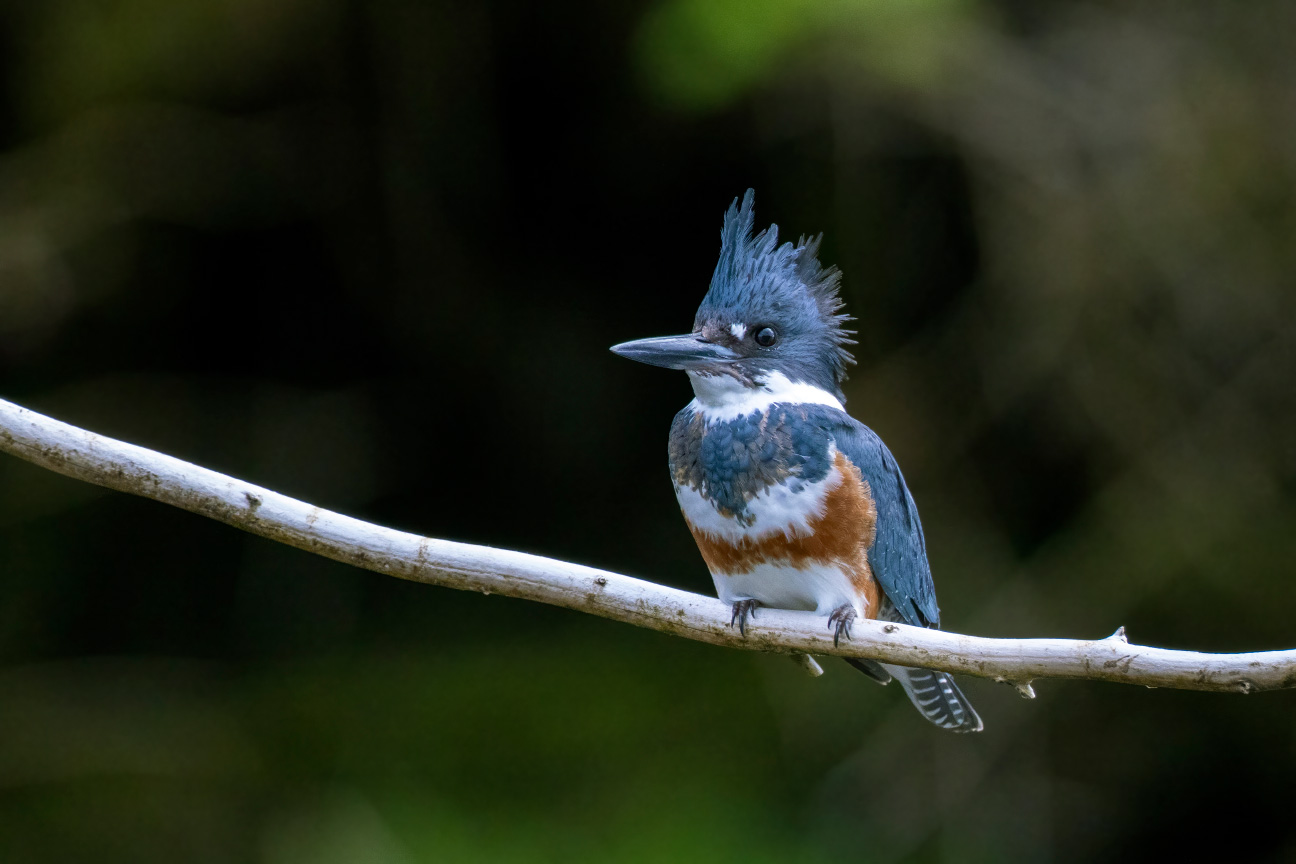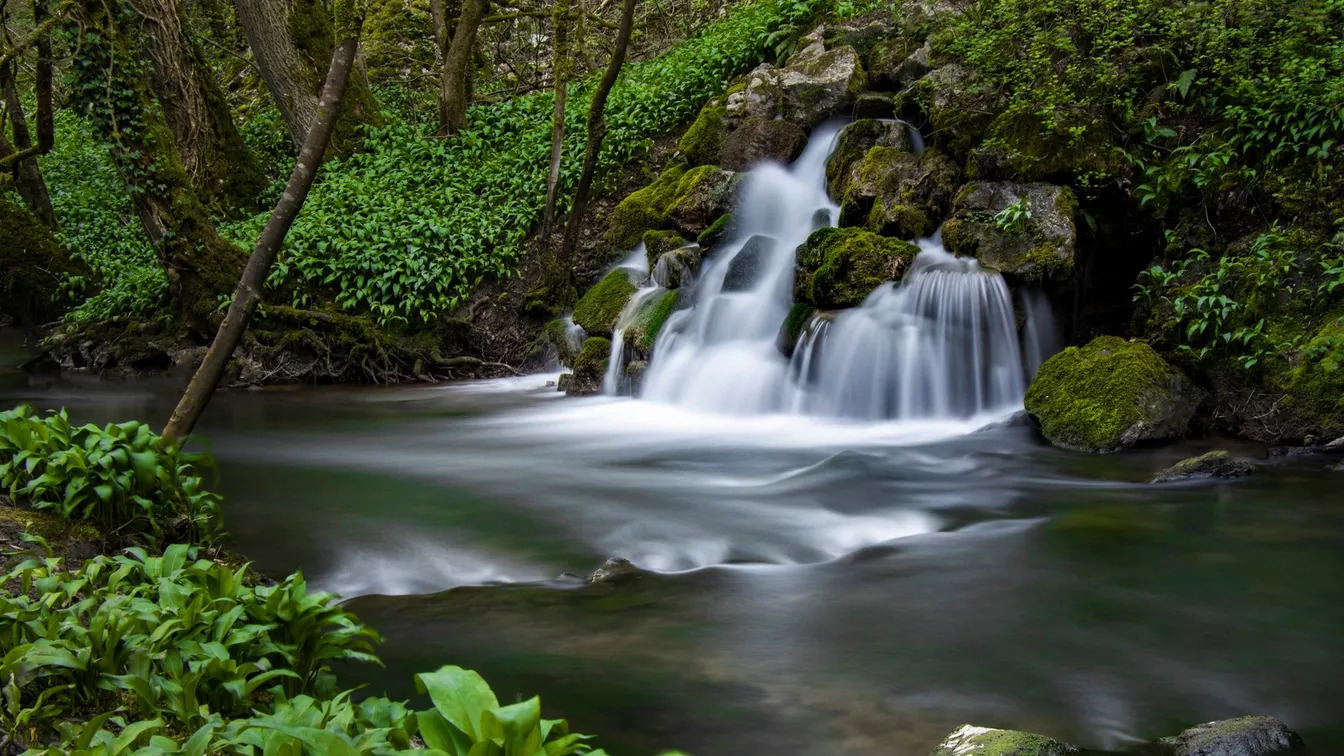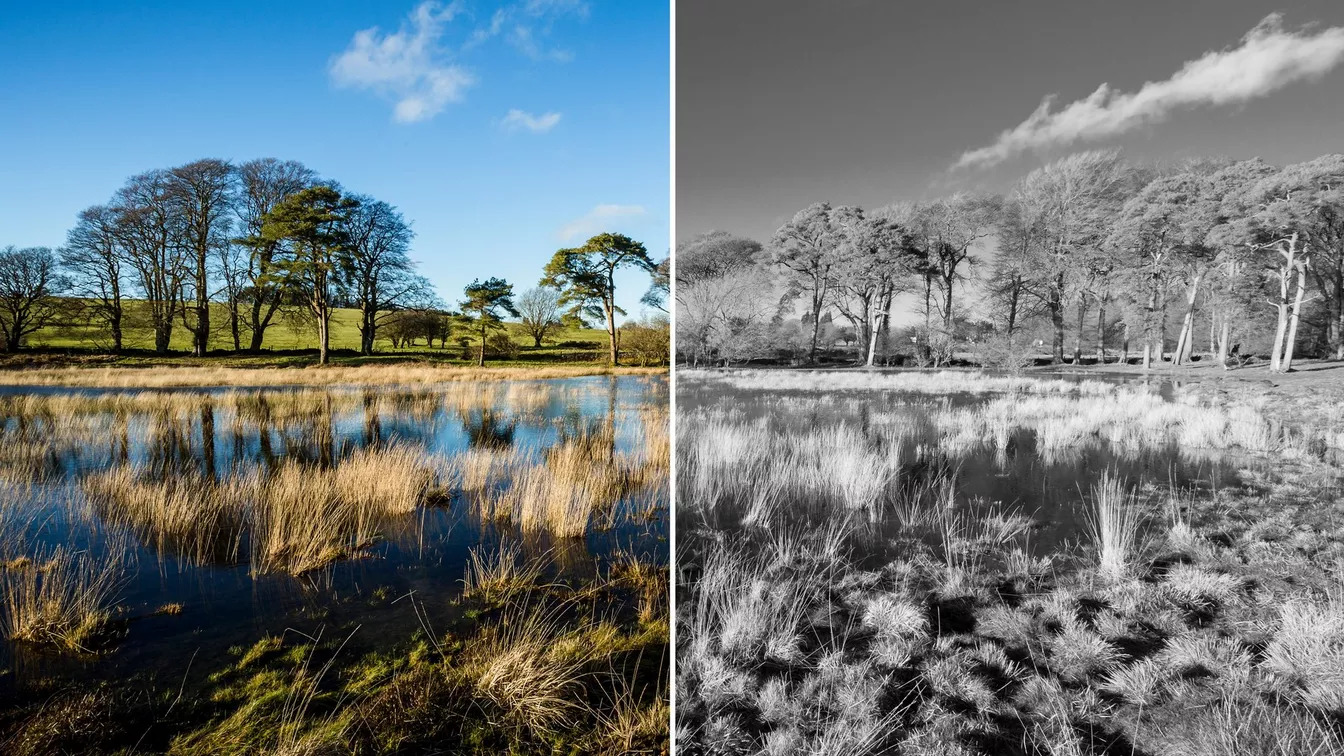Eli Ramraj is a dynamic storyteller and filmmaker who draws on his wide array of experiences, from the Canon Futures program to rock climbing, to create his own cinematic universe. He’s also not afraid to make you feel a little awkward in front of the lens.
The art of the plot twist
Eli Ramraj might have started his photography journey with his Dad’s old Canon T5i in hand, but it was a book launch that was the beginning of the filmmaker’s origin story. “My path through the arts has had a number of parallel lines.”
Ramraj garnered substantial attention during the launch of his third self-published book. Witnessing your books stacked in a pyramid is an awe-inspiring experience for anyone, but it held particular significance for Ramraj, who was remarkably young at the time. “It was so similar to what I imagine the experience of a child’s star is, you know when you have a spotlight on you at a very young age. And you’re forced to grapple with that level of publicity and that level of vision. It can be disarming and it can kind of set you for the rest of your life on a quest to figure out what your relationship to people and audiences is.”
This shift in the understanding of his creative audience led to a new perspective. “What you find is that your understanding of who you’re creating for is turned on its head. That became my obsession. And it was an obsession that very quickly couldn’t be contained or couldn’t be done justice to in writing.”
While feeling limited in expressing his ideas solely through writing, Ramraj’s love of photography and film started to grow. “All these things slowly started to converge on the idea that a visual medium film and photography would become the richest way for me to explore these intense questions of identity and audience.” The convergence of Ramraj’s interests is the beginning of his holistic approach to storytelling and self-expression.
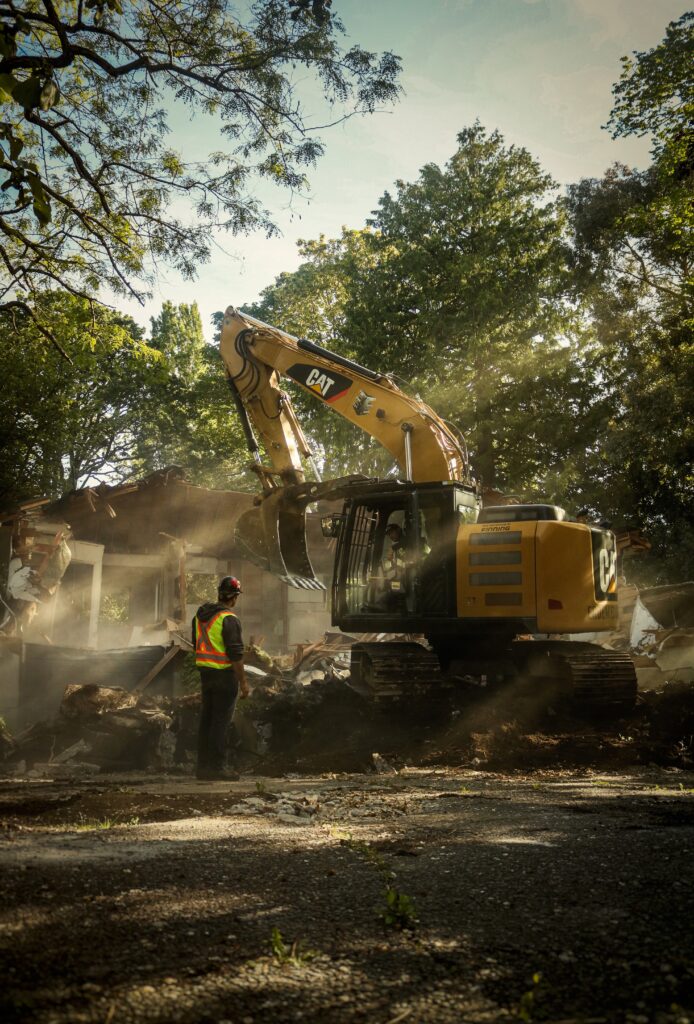
Compelling character development
To create the best imagery, Ramraj evokes different methods depending on the role he’s playing. “When I direct films I’m very hands-on with my actors. When I’m behind the camera for a photoshoot I tend to enjoy withholding as much direction as possible. I’m still trying to figure out why I have that instinct. “
Experienced models require minimal direction to achieve desired results, which is honestly why they are a delight to work with. They know exactly how to use their body and know what angles work for them, but for Ramraj a little discomfort is good for business. “I really enjoy working with non-models because there is a beautiful moment of awkwardness when you don’t give someone direction and they desperately want to be rescued from that awkwardness. It becomes very easy to break people out of their shell because they’re hoping for you to rescue them.”
So whether it’s a bad joke, a good joke, a stumble or an accident, Ramraj understands his subjects are begging for a reason to relax. “They’re right on the precipice.”
Ramraj’s preparation is done very intimately with the people he shoots. It’s more about trying to get to know who they are than a carefully curated Pinterest moodboard. “People talk about establishing a visual language based on artistic references. I think the language that you need to learn from the other person is just one of comfort. You need to understand them. And when you’re speaking the same language in terms of anecdote and story, you know how their day genuinely has been, then it all comes together.”
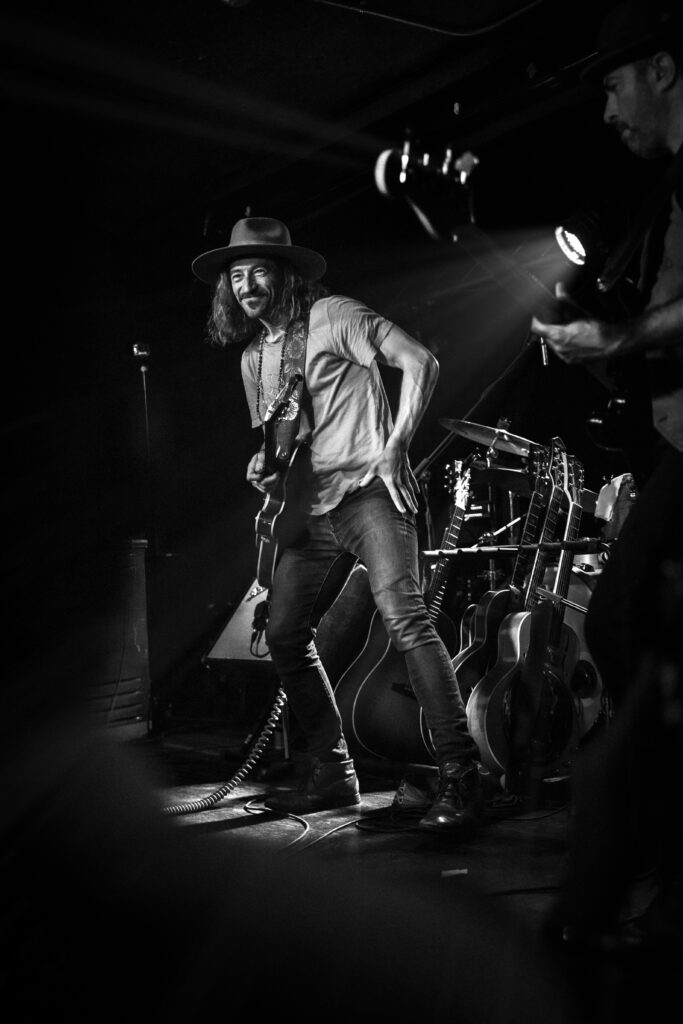
Not all heroes wear capes
“Collaboration has been another one of my character arcs because writing and film start as solitary things, but you soon enter the zone of collaboration. If I’m with the right people, I will lose my mind.”
It was for one particular Canon Futures program assignment shooting the Bankes Brothers at a beach in Victoria in December that this collaborative energy took a leading role. “Our concept was to exclude the ocean and shoot them on these rocks so that it would be indistinguishable what altitude they are.”
The synergy that arises on set can further fuel the contagious nature of collaboration. “The Bankes Brothers are just fireballs. And when you’re working with fireballs the inner fireball just explodes.”
Despite scientific convention, sometimes fire and water do mix well together. “They were on the rocks with their guitars, and I decided the best shot would be if I got ankle deep in the water. So I bit the bullet and waded in. And then I realized the shot is actually better if you’re knee deep. Before you know it, they’re cracking up because I’m this fool in jeans and hiking shoes wading waist deep into the ocean in December to get a shot that you can’t tell is from the ocean.”
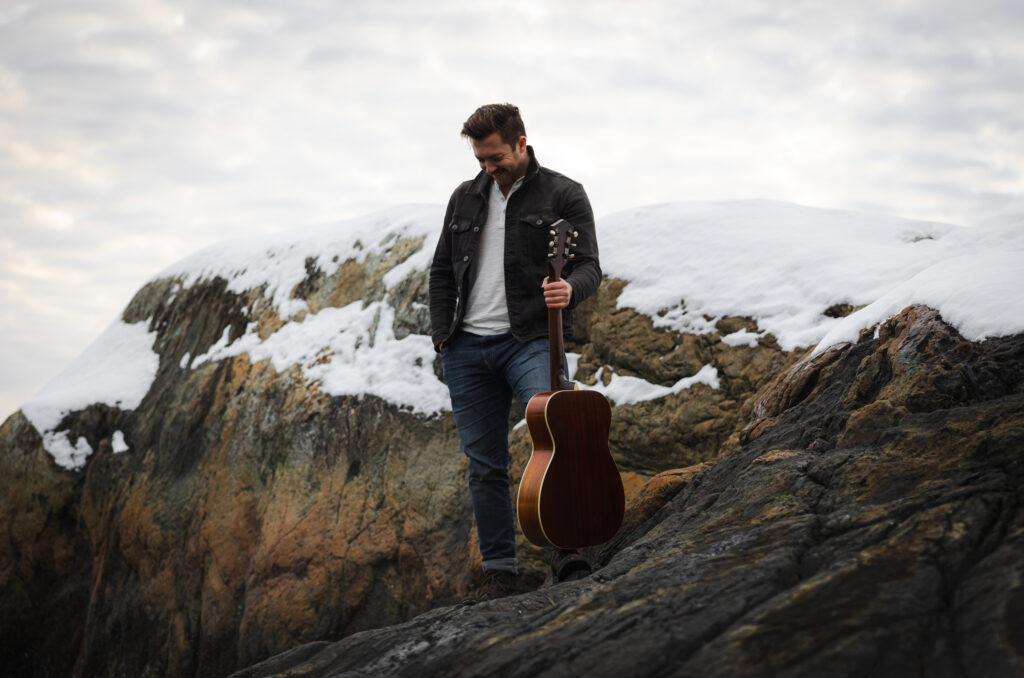
Forge your own path
If this was actually a movie, this would be the part where the protagonist goes on an individual quest of self-discovery and explores their unique path in the narrative.
After graduating from U of T, Ramraj knew he was going to find practical opportunities. “Getting into the Canon Futures program was the first time I had an artistic community. Not just a group of people to analyze and theorize about art and photography and film, but people actually wanting to make it and put one foot in front of the other.”
Having peers that were in the same place as Ramraj instantly catapulted his confidence. “There’s a creative ping pong that happens when you’re amongst peers in the same zone as you that pushes you out of your comfort zone.”
While mentorship programs can easily become about looking backwards, Canon’s mentors took a different approach. “It would be so easy for each of these mentors to walk you through the path that they took, and then it’s about you as a student trying to pluck out various steps that they took that might fit your path. What was amazing about Canon was any mention of a mentor’s personal story was used in a strategic way to emphasize how different paths are.”
With more experience in film than photography, Ramraj actually found the leap of confidence to dive back into a film project with the confidence gained in the Canon program. “I had this film project called The Only Bar on King Street running in the background, and the Banff trip gave me the confidence to really put myself back in the project.”
Much like his experience with writing, Ramraj considered photography to be a solitary pursuit. Through his participation in the Canon program Ramraj began to experience every photoshoot as a creative collaboration and an opportunity to learn. “There was something about trading stories and techniques. My friend Jesse told me about how shooting and black and white using a monochrome color space on your viewfinder helps you hone in on light, texture, composition and really focus on that artistry.”
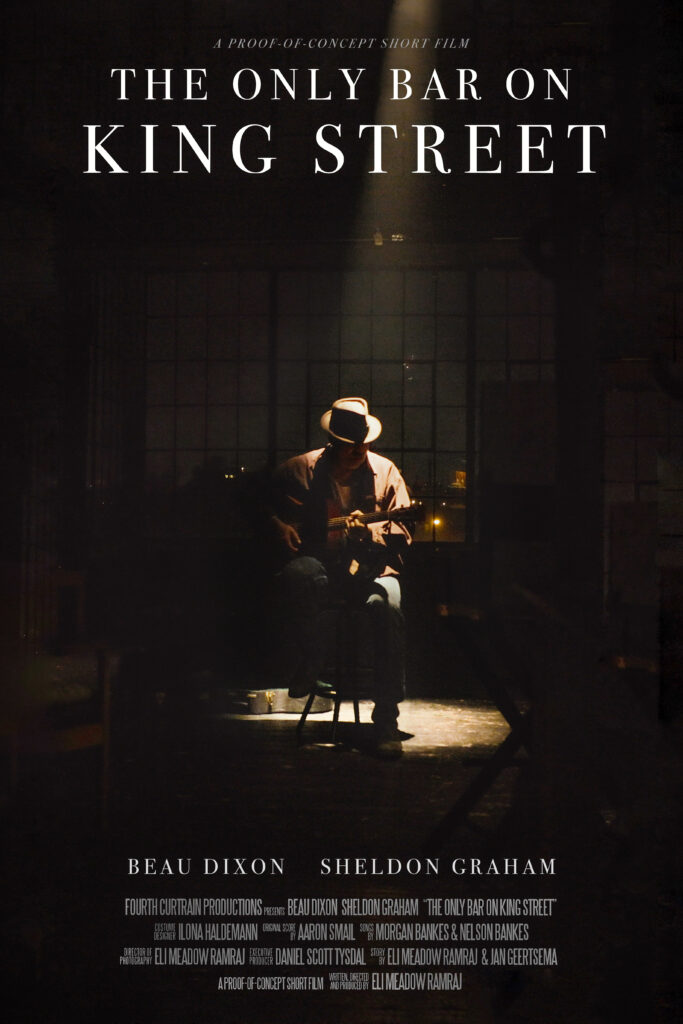
Photography rocks
When it comes to main character energy in photography or any other creative pursuits it’s important to remember the idea of parallel artistic paths. “I think most photographers that I’ve met, photography is by no means the only artistic thing that they do. They’re also climbers, they’re also dancers, they’re also writers or poets. It can be very easy to compartmentalize those facets of your artistic identity.”
Ramraj finds it helpful to just smash through those walls and take skills from one of your other fields, even if it’s not an artistic field. “I’ve been rock climbing for the past year. I have just embedded myself in this community. There are lessons that you learn in climbing that are perfectly applicable to photography. The culture of approaching strangers is something that I’ve learned from climbing.”
“It’s so easy to break ice with people. If you’re in the same climbing gym, you already have 200 ways that you can start a conversation. You realize that life is not that different. When you’re at a park and you see someone and think ‘I could just frame them in the most perfect way if only I had the nerves and courage to ask them’.”
Ramraj recommends stealing the warmth, friendliness or the way you approach someone in the climbing gym and apply it to that well-dressed stranger in the park. “You don’t need to make photography it’s own little bubble. Successful photographers pop the bubble, you know what I’m saying? So pop the bubble.”







